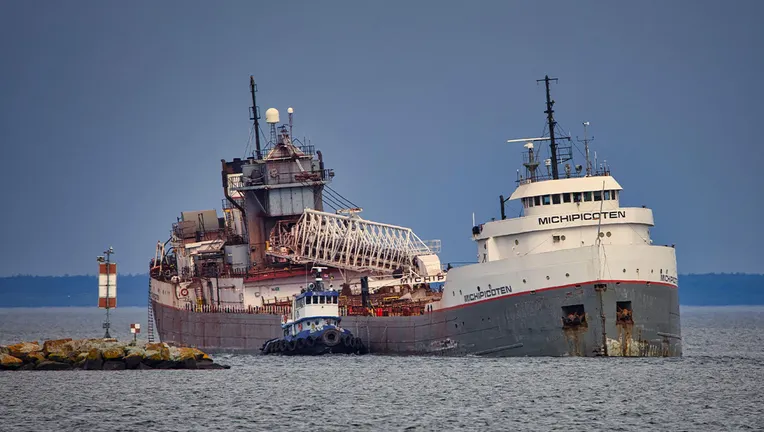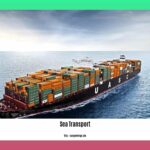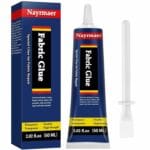Picture this: colossal ships gliding across the vast expanse of Lake Superior, their imposing silhouettes a testament to the engineering marvels that have shaped the Great Lakes region. This is the world of Lake Superior freighters— massive vessels that have become symbols of American industrial might. Join us as we journey into their fascinating realm, exploring their design, their history, and their enduring importance in the heartland of American industry. From the legendary Paul R. Tregurtha, the reigning monarch of the Great Lakes, to the groundbreaking Stewart J. Cort, the first freighter to reach the 1,000-foot mark, we’ll uncover the captivating stories etched into the steel hulls of these awe-inspiring vessels.
Giants of the Inland Seas: A Closer Look
Have you ever imagined a ship so gargantuan it could practically have its own zip code? That’s the scale we’re talking about when we delve into the world of Lake Superior freighters. These aren’t your average vessels; they’re floating fortresses of steel, purpose-built to navigate the largest freshwater lake in the world.
Picture a ship dwarfing even the Eiffel Tower in length—that’s the reality of these behemoths. They were meticulously designed to conquer the vast expanse of Lake Superior, transporting colossal amounts of raw materials like iron ore, coal, and limestone. Their very existence is a tribute to human ingenuity and the boundless possibilities of engineering.
A pivotal chapter in their evolution unfolded with the dawn of the “1,000-foot era,” a period that redefined shipbuilding on the Great Lakes. It was as if shipbuilders collectively decided to push the boundaries of what was possible, ushering in a new breed of super-sized freighters:
| Freighter Name | Length (ft) | Capacity (tons) |
|---|---|---|
| Stewart J. Cort | 1,000’00” | 58,000 |
| James R. Barker | 1,004’00” | 63,300 |
| Edwin H. Gott | 1,004’00” | 74,100 |
| Paul R. Tregurtha | 1,013’05” | 68,000 |
These figures are more than just numbers; they represent the sheer magnitude of these vessels. To put it into perspective, the Stewart J. Cort, a behemoth stretching a thousand feet, could carry enough iron ore to construct the skyscrapers of a small city!
However, maneuvering a vessel of such colossal proportions across even a lake as vast as Superior is no simple feat. It’s akin to navigating a skyscraper through a network of canals. Recent incidents, including groundings and hull breaches, underscore the challenges these giants face, highlighting the critical need for ongoing vigilance, rigorous safety protocols, and continuous advancements in maritime technology.
Yet, Lake Superior freighters represent far more than just engines of economic prosperity; they are enduring symbols of the region’s heritage and identity. Each time one of these majestic vessels sets sail, it serves as a powerful reminder of the industrial prowess and unyielding spirit that define the Great Lakes region. Their presence draws visitors from all corners of the globe, all eager to witness these awe-inspiring feats of engineering. They stand as a testament to the fact that sometimes, the most remarkable creations are born from human hands and minds.
What did a freighter hit in Lake Superior?
The Michipicoten, a 689-foot freighter, was making its way across Lake Superior from Minnesota to Canada when it encountered an alarming situation—it began taking on water. The initial assumption was a collision with an underwater object. However, the investigation took an unexpected turn.
Divers discovered a 13-foot crack below the waterline, the likely culprit for the influx of water. While the possibility of a submerged object hasn’t been definitively ruled out, the prevailing theory points to a stress fracture in the ship’s hull.
This incident serves as a stark reminder that even giants of the sea are not invincible. Stress fractures, often caused by metal fatigue or extreme temperature fluctuations, can have significant consequences, highlighting the critical importance of meticulous maintenance and inspections to ensure the safety of these aging vessels.
What is the largest freighter on Lake Superior?
Among the titans of Lake Superior, one vessel reigns supreme: the M.V. Paul R. Tregurtha. This colossal ship, measuring an astounding 1,013 feet and 5 inches, is not only the largest on Lake Superior but also holds the title of the largest on all five Great Lakes.
Launched in 1981, the Tregurtha, often referred to as the “Queen of the Lakes,” embodies the ambition of the “1,000-foot era,” a time when shipbuilders seemed determined to push the very limits of size and capacity.
The Tregurtha isn’t just about size; it’s a workhorse with a remarkable carrying capacity of 68,000 tons. This incredible vessel plays a crucial role in transporting essential raw materials, literally fueling the industries that drive the Great Lakes region.
When Was the Last Freighter to Sink on the Great Lakes?
While the Great Lakes often present a serene and inviting facade, their depths hold a history marked by both triumph and tragedy. Over the centuries, countless ships have met their demise beneath these seemingly tranquil waters. However, you might be surprised to learn that major shipping disasters have become increasingly rare in modern times.
The last major freighter to succumb to the depths of the Great Lakes was the SS Daniel J. Morrell, which sank on November 29, 1966, in Lake Huron. Caught in a ferocious storm with winds exceeding 70 mph, the Morrell, a 60-year-old vessel carrying only ballast at the time, met a tragic end, breaking apart and sinking beneath the waves.
People’s Statement:
- “In the words of writer William Ratigan, the vessel’s stern disappeared into the darkness ‘like a great wounded beast with its head shot off’.”
Of the 29 souls aboard that fateful night, only one survived—26-year-old watchman Dennis Hale. His harrowing tale of clinging to a raft amidst the storm’s fury serves as a stark reminder of the raw power that these seemingly placid waters possess.
The sinking of the Daniel J. Morrell stands as a solemn reminder that even with advancements in technology and safety protocols, the Great Lakes demand respect. Their moods can shift abruptly, and beneath their surface lies a force capable of overwhelming even the mightiest of vessels.
How Much Do Great Lakes Freighter Captains Make?
Steering these colossal vessels across the Great Lakes is a job that comes with immense responsibility—and a salary that reflects the demanding nature of the work. While the exact earnings of a Great Lakes freighter captain aren’t widely publicized, industry insights suggest that experienced captains can earn up to $200,000 per year.
Of course, several factors influence a captain’s salary, including their years of experience, the type of cargo they transport, the size of the vessel they command, and the specific policies of the shipping company they work for.
It’s important to remember that it’s not just about the money for these captains. The life of a Great Lakes freighter captain is as much a lifestyle choice as it is a profession. It demands long hours, extended periods away from home, and the ability to navigate challenging conditions and unforeseen circumstances.
Despite the demands, many are drawn to the allure of life on the Great Lakes. It’s a career path that offers job security, unique experiences, and the satisfaction of playing a vital role in a vital industry.









